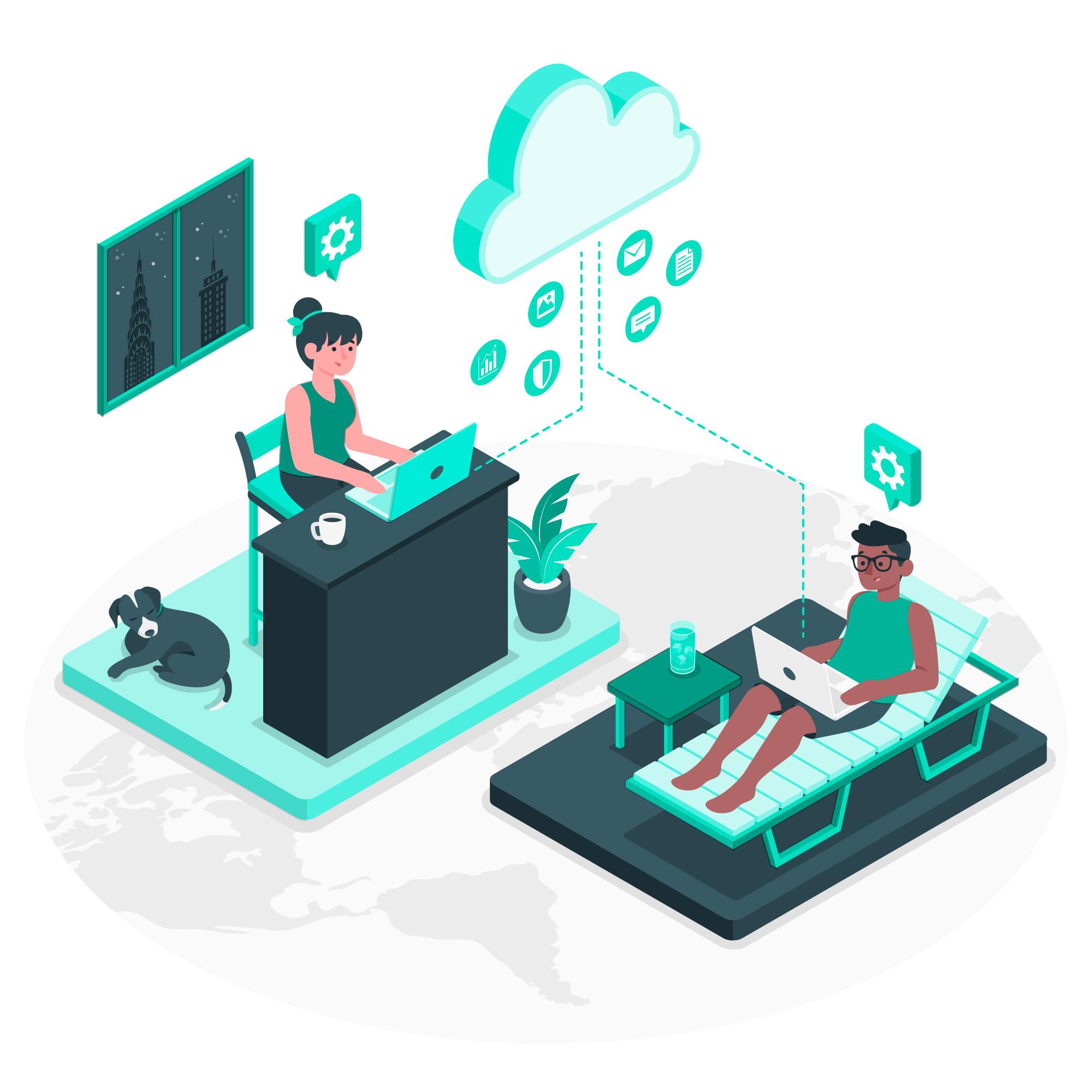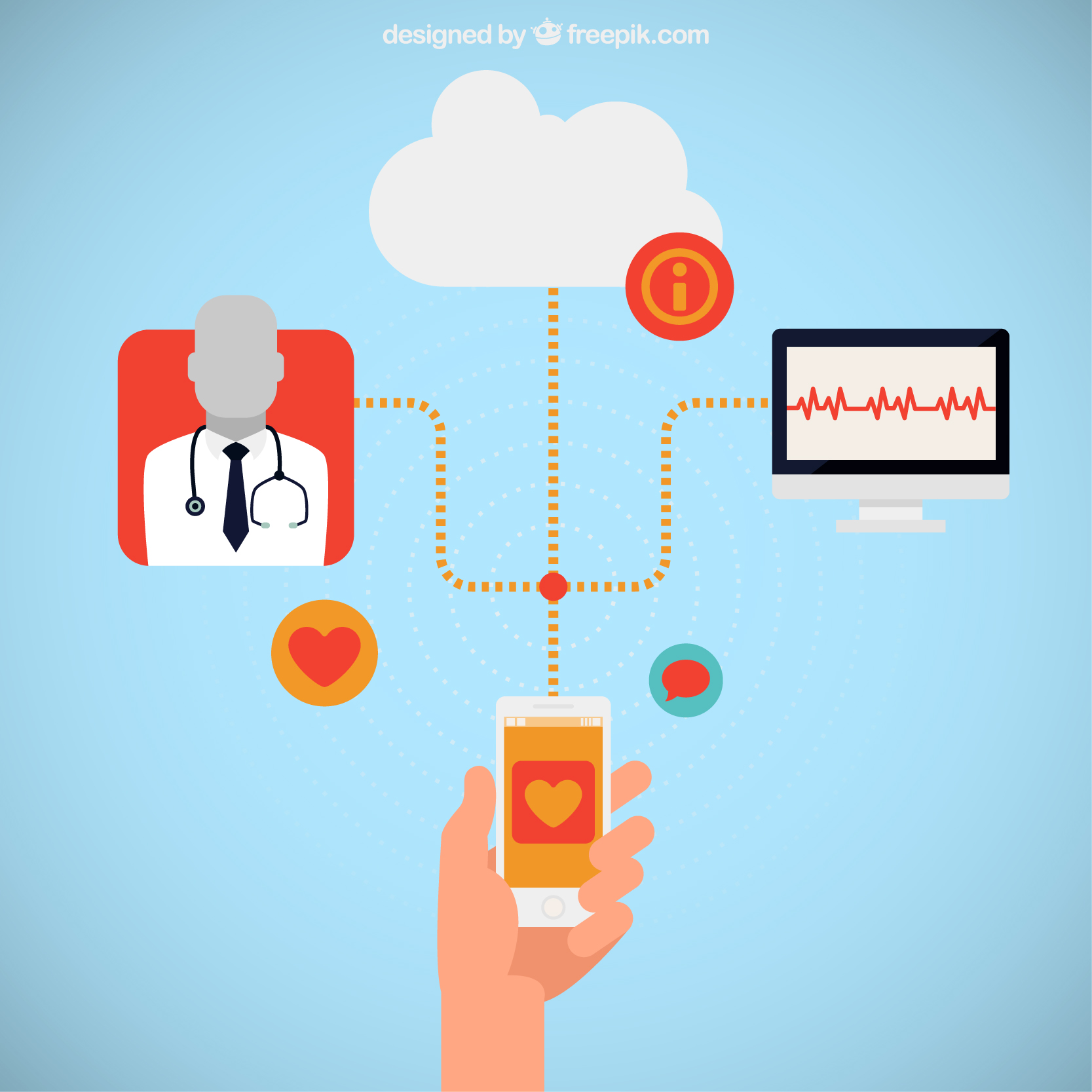How Cloud Computing is Shaping Custom Healthcare Software Development

Strong 8k brings an ultra-HD IPTV experience to your living room and your pocket.
The healthcare industry is experiencing a digital transformation, and at the heart of this revolution lies cloud computing. It’s not just a buzzword anymore; it’s a powerful enabler that is reshaping how custom healthcare software is developed, deployed, and utilized. From improving scalability to enhancing data security, the impact of cloud technology on custom healthcare software development is profound.
In this blog, we’ll explore how cloud computing is redefining healthcare software and why it’s a game-changer for providers and patients alike.
1. The Evolution of Healthcare Software Development
Before the advent of cloud computing, healthcare software development was largely confined to on-premises systems. These systems were costly to maintain, limited in scalability, and often struggled to integrate with newer technologies. With the rise of custom healthcare software, organizations began to demand solutions that could:
Handle massive amounts of data.
Be easily accessible across devices and locations.
Adapt to the fast-changing needs of healthcare providers and patients.
Enter cloud computing—a technology that offered all these capabilities and more.
2. Key Advantages of Cloud Computing in Healthcare Software Development
a. Scalability
Healthcare needs are unpredictable. One day, a clinic might handle 100 patients, and the next, they might face a surge during a health crisis. Cloud computing allows custom software to scale resources up or down based on demand, ensuring consistent performance without over-provisioning.
Example: A telehealth platform built on the cloud can seamlessly accommodate a sudden increase in video consultations without crashing or lagging.
b. Cost Efficiency
Cloud-based solutions eliminate the need for expensive on-premises infrastructure. Healthcare providers only pay for the resources they use, making it an economical choice for organizations of all sizes.
Example: Startups and smaller clinics can deploy custom EHR (Electronic Health Record) systems without the upfront investment in servers.
c. Data Accessibility and Collaboration
With cloud computing, patient data is no longer siloed within a single system. Doctors, nurses, and specialists can access real-time data from anywhere, enabling faster and more informed decision-making.
Example: A cardiologist in New York can collaborate with a general practitioner in California using shared cloud-based patient records.
d. Security and Compliance
Cloud providers prioritize data security with advanced encryption, multi-factor authentication, and regular compliance audits. Many platforms are designed to meet strict healthcare regulations such as HIPAA, GDPR, and HITECH.
Example: A cloud-hosted patient management system can securely store sensitive data while ensuring compliance with healthcare laws.
3. Cloud-Driven Innovations in Custom Healthcare Software Development
Cloud computing is not just supporting healthcare software—it’s driving innovation. Here are some key areas where cloud technology is making a significant impact:
a. AI and Machine Learning Integration
Cloud platforms provide the computational power needed to integrate AI into healthcare software. From predictive analytics to advanced diagnostic tools, AI applications thrive in cloud environments.
Example: A cloud-based AI model can analyze patient data to predict the likelihood of readmission, helping providers take preventive measures.
b. Interoperability and Data Exchange
One of the biggest challenges in healthcare is data fragmentation. Cloud computing enables interoperability by facilitating seamless data exchange between different systems and platforms.
Example: A custom healthcare app can integrate with wearable devices, telehealth systems, and EHRs, all through cloud-based APIs.
c. Remote Patient Monitoring (RPM)
Custom healthcare software for RPM leverages cloud technology to collect, analyze, and transmit patient data from IoT devices. This is particularly beneficial for managing chronic diseases.
Example: A diabetic patient’s glucose levels can be continuously monitored and analyzed in the cloud, with alerts sent to their doctor if needed.
d. Disaster Recovery and Business Continuity
Healthcare organizations can’t afford downtime, especially during emergencies. Cloud computing ensures data is backed up and recoverable, even in the face of cyberattacks or natural disasters.
Example: A hospital hit by a ransomware attack can quickly restore its operations using cloud backups.
4. Challenges in Adopting Cloud Computing for Healthcare Software
While the benefits are clear, adopting cloud computing for custom healthcare software development comes with challenges:
a. Data Security Concerns
Despite advanced security measures, some organizations remain wary of storing sensitive data in the cloud. Educating stakeholders on the robust security features of cloud platforms is critical.
b. Integration with Legacy Systems
Many healthcare providers still rely on legacy systems that may not integrate easily with cloud-based solutions. Custom middleware and APIs are often required to bridge this gap.
c. Regulatory Complexity
Healthcare regulations vary by region, and ensuring compliance across jurisdictions can be a complex process.
5. The Future of Cloud Computing in Healthcare Software Development
The role of cloud computing in custom healthcare software development will only grow in the coming years. Here are some trends to watch:
a. Serverless Architectures
Serverless computing allows developers to focus on building features rather than managing servers. This can accelerate the development of custom healthcare apps.
b. Edge Computing
Edge computing will complement the cloud by processing data closer to the source (e.g., wearable devices), reducing latency and improving real-time capabilities.
c. Personalized Healthcare
Cloud computing will enable the development of personalized healthcare apps that use AI to deliver tailored treatment plans based on a patient’s unique data.
6. Conclusion: Embracing the Cloud for a Healthier Future
Cloud computing is not just a technological advancement—it’s a catalyst for transforming healthcare. By leveraging cloud solutions, custom healthcare software can become more agile, accessible, and innovative, ultimately improving patient outcomes and operational efficiency.
As healthcare providers and developers continue to embrace the cloud, the possibilities for improving care delivery are endless. Whether it’s enabling remote patient monitoring, integrating AI, or ensuring compliance, cloud computing is shaping the future of custom healthcare software development—and the future looks brighter than ever.
Note: IndiBlogHub features both user-submitted and editorial content. We do not verify third-party contributions. Read our Disclaimer and Privacy Policyfor details.





